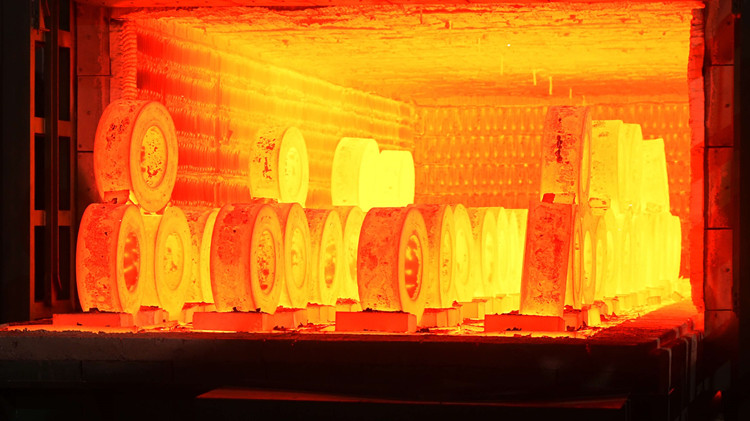- tyler@kirail.com
- +86 15603721115
There are two types of induction surface heating methods for stainless steel forgings: continuous moving and fixed.
1. Continuous moving heating
The continuous moving heating method is that the sensor moves in sequence during the heating process or at the edge of the stainless steel forging until it is cooled and quenched. The fixed heating method is that the stainless steel forging heats the quenching surface on the sensor, and there is no relative movement between the sensor and the stainless steel forging. After heating to a certain temperature, it is sprayed and cooled or the stainless steel forging is placed in the cooling medium as a whole for quenching.

2. Fixed heating
Fixed heating is limited by the power of the equipment. Sometimes, in order to heat the stainless steel forgings that exceed the power limit and reach a certain hardened layer depth, repeated heating or preheating to 600℃ is used.
It is more common to use continuous moving heating for induction heating of stainless steel forgings. High-frequency quenching heating usually fixes the sensor and moves the stainless steel forging. Medium frequency and industrial frequency heating are often dominated by sensor movement, and the stainless steel forging can also be rotated when necessary. The sensor is installed on the mobile workbench of the quenching machine.
The quenching temperature depends on the power selection and moving speed. Since the continuous moving heating area is small, the application range of stainless steel forgings is relatively wide. Therefore, at present, low-power induction heating is generally used in the induction heating of stainless steel forgings at home and abroad.